Hive Bodies and Supers (10-Frame)
How to Choose a Super
A honey super functions as an additional storage place for extra honey and pollen for months when honey flow and pollen stores are low. Bees will eat their way up to consume stockpiled honey and pollen for survival during winter months.
Beekeepers often harvest honey from the honey super frames. After honey has been extracted, you can save it for later so bees can use leftover products to produce more honey and brood.
The basic configuration of a Langstroth hive was created with bees’ instincts in mind. Bees make honey and store it at the top, while brood production is at the bottom.
If you’re a beginner at raising bees or simply interested in beekeeping, check out our beginner hive kits to make your options easy.
Don't forget that every colony and beekeeper practices beekeeping differently, even within the same region. We recommend talking to multiple beekeepers in your area to see what works for them.
Choosing the right option depends on the hive parts you need and your goal.
- Type: You have three options, which are deep, medium and shallow.
- Honey or Brood Production: Some are commonly used as additional honey production, while others are used for raising brood.
- Grade: The wood grade depends on your budget and personal preferences.
Types
Deep supers are used as the “hive body.” This is often referred to as the brood chamber, where the queen lays her eggs and young bees are raised. These are available both assembled and unassembled. Make sure you use deep wood frames (9 1/8") if you choose this option.
Recently, some beekeepers have been switching from deep hives to medium supers as brood chambers. This makes medium supers your most flexible option, because they can be used as either a honey super or a brood chamber. Dadant offers them both assembled and unassembled. Be sure to use medium frames (6 1/4") if you choose this option.
Shallow supers are the lightest option for a beekeeper to use as a honey super. Dadant offers them unassembled. If you choose this option, these require shallow frames (5 3/8").
Honey vs. Brood Production
For additional honey production, you can place either a medium or shallow super on top of your hive body. A medium super uses medium frames, which means you will have more honey crop compared to a shallow super.
However, a shallow super is lighter than a medium frame, being a maximum of 30-40 lbs. at its heaviest, thus making it easier to transport from the hive to your honey harvesting area.
When harvesting honey, be sure to not spill honey on the bee yard, or robbing bees will try to take honey from your hive.
After removing them, you can replace it with a super from which you have previously harvested honey. Bees will have a head start with the leftover products.
If you’re looking for a hive body, beekeepers have traditionally used deep supers. Because the box and frames are bigger, the queen can lay eggs more efficiently and easily because there is more comb compared to the others. With greater volume, hives require less boxes, which means the beekeeper spends less money on boxes.
However, medium supers as brood chambers have increased in popularity. While deep supers can weigh up to 80 lbs., medium supers are much lighter, with a maximum weight of 60 lbs. Medium supers also have interchangeable frames, which makes them easier to manage during inspections.
Commercial beekeepers tend to use only medium supers, while hobbyists use the ones they prefer.
Wood Grade
Most of our supers are made from durable Ponderosa pine, and each board has been moisture-metered before cutting to assure proper moisture content and prevent warping. Dadant offers them painted and assembled as well as unassembled supers in a variety of wood grades.
- The Select Grade is the most sought after due to very few small, tight knots allowed.
- The Commercial Grade allows knots where they occur, but none will be present in the joints or rabbets.
- The Economy Grade has the same precise fit as the Select and Commercial grades, but layered knots or knots with splits are allowed in the final product. These are perfect for a beekeeper on a budget or one who is just starting out.
If you're looking to get more honey, use medium supers for honey production. If you want to handle something lighter, use shallow supers. If you want more room for brood production, use a deep hive body. At the end of the day, however, most beekeeping practices ultimately come down to personal experimentation, preference, and budget.
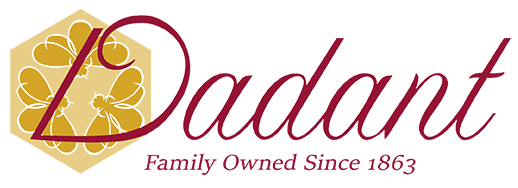
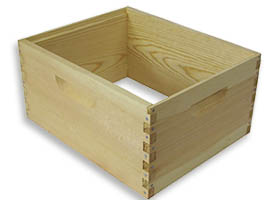
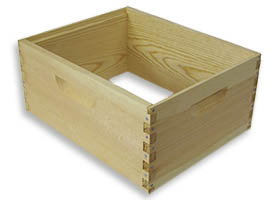
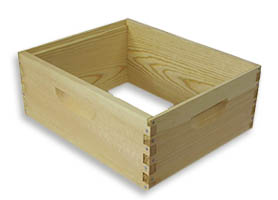
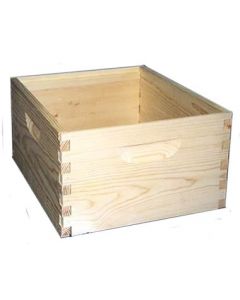
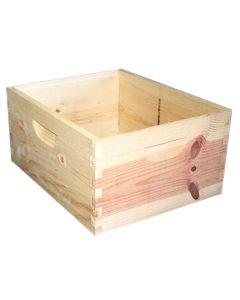
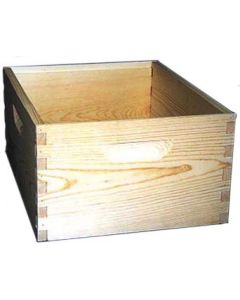
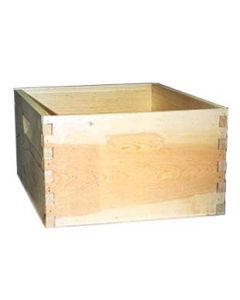
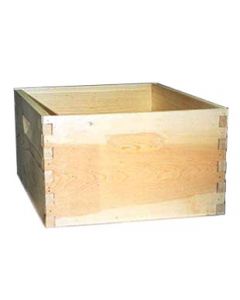
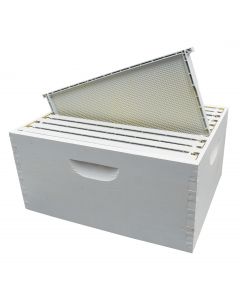
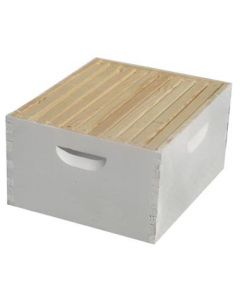
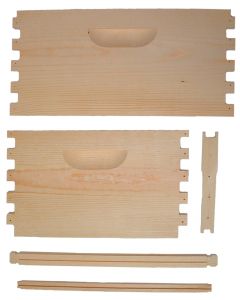

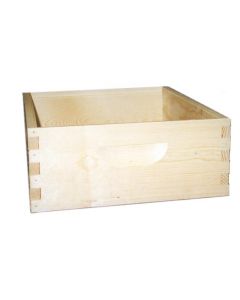
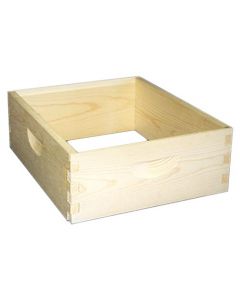

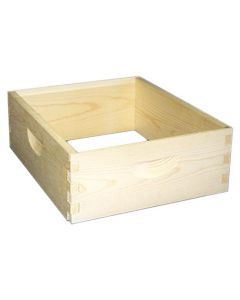
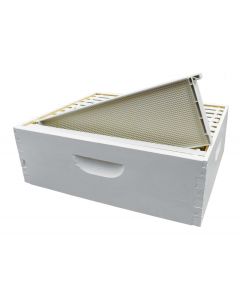
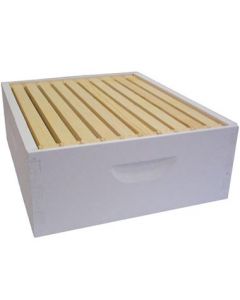
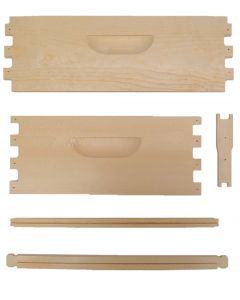
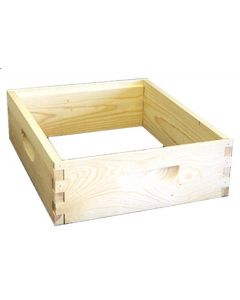
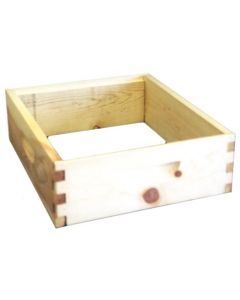

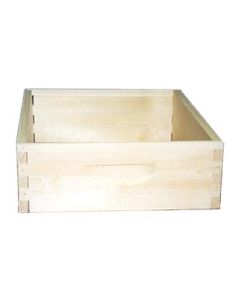
![[13" Version] 10-Frame Moisture Box Handle Replacement Assembly](https://www.dadant.com/catalog/media/catalog/product/cache/61da60bd5ee8ab16f86f3b06568ed40e/m/6/m60060-01-handlereplacementassembly-10-frame-for-moisturehive-web.jpg)



![[16¼" Version] 10-Frame Moisture Box Handle Replacement Assembly](https://www.dadant.com/catalog/media/catalog/product/cache/61da60bd5ee8ab16f86f3b06568ed40e/m/6/m60060-01r-moisture-box-handle-3_web.jpg)




